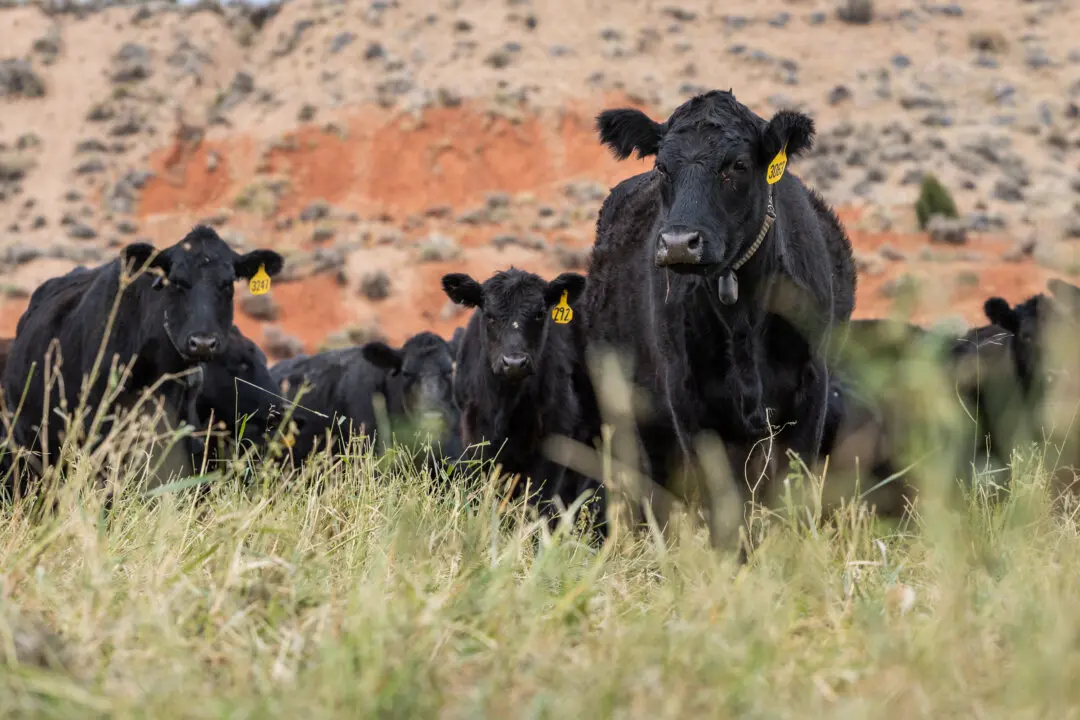Proponents of precision agriculture hope to dodge the often scary and complex debates about the potential merits and menaces of artificial intelligence (AI) by making that evolving science a meat-and-potatoes issue.
Members of Congress appear to be among those supporters with the House in April overwhelmingly adopting its second precision agriculture measure in five years.





